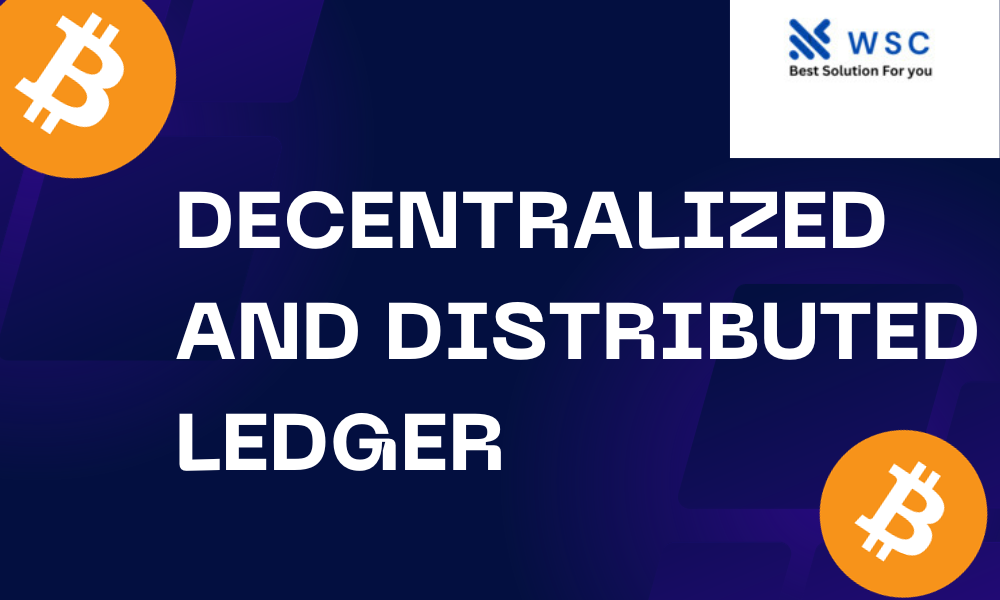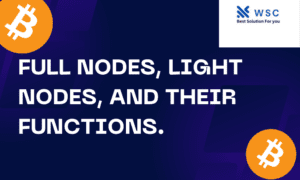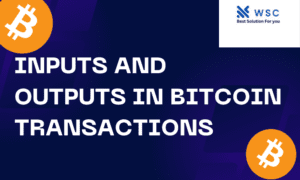Introduction
In the dynamic landscape of blockchain technology, Bitcoin stands out as a pioneer, revolutionizing the way we perceive and handle financial transactions. At the core of its innovation lies a decentralized and distributed ledger system that has reshaped the traditional financial paradigm. This article delves into the intricate details of the decentralized and distributed ledger in Bitcoin, exploring its significance and impact on the financial sector.
Understanding the Basics: What is a Decentralized Ledger?
A decentralized ledger is the backbone of Bitcoin’s architecture, providing a secure and transparent method for recording transactions. Unlike traditional centralized systems, where a single authority maintains control, Bitcoin’s ledger operates on a peer-to-peer network. Each participant, or node, in the network has a copy of the entire ledger, ensuring a distributed and resilient system.
Decentralization Strengthens Security
Decentralization enhances the security of the ledger by eliminating single points of failure. In a decentralized network, malicious attacks on a single node have minimal impact, as the integrity of the ledger relies on the consensus of the entire network. This robust security framework makes Bitcoin resistant to tampering and fraud.
The Role of Distributed Ledgers in Bitcoin
Immutable Record-keeping with Blockchain
Bitcoin’s decentralized ledger is built on a blockchain, a chronological chain of blocks containing transaction data. Each block is linked to the previous one through cryptographic hashes, creating an immutable record. This tamper-resistant feature ensures that once a transaction is added to the blockchain, it becomes a permanent and verifiable part of the ledger.
Consensus Mechanisms Ensure Trust
Bitcoin employs consensus mechanisms, such as Proof of Work (PoW), to validate and confirm transactions. This distributed agreement among nodes adds a layer of trust to the ledger. Participants must solve complex mathematical problems to validate transactions, making it computationally infeasible for a single entity to manipulate the ledger.
Advantages of Bitcoin’s Decentralized Ledger
Transparency and Trust
Decentralization fosters transparency, as all participants have equal access to the ledger. This transparency builds trust among users, as they can independently verify transactions without relying on a central authority. In traditional banking systems, this level of transparency is often elusive.
Resilience to Censorship
Bitcoin’s decentralized ledger is resistant to censorship, as there is no central authority that can control or restrict transactions. This feature empowers individuals in regions with strict financial regulations, providing them with a borderless and inclusive financial ecosystem.
Challenges and Future Developments
Scalability Concerns
While Bitcoin’s decentralized ledger offers numerous advantages, scalability remains a challenge. As the network grows, the transaction processing speed may face limitations. Ongoing efforts within the Bitcoin community aim to address these scalability concerns through technological innovations.
Evolution of Consensus Mechanisms
The cryptocurrency space is dynamic, with ongoing research into alternative consensus mechanisms that address environmental concerns associated with PoW. Emerging mechanisms, like Proof of Stake (PoS), aim to offer energy-efficient alternatives while maintaining the integrity of the decentralized ledger.
Conclusion
In conclusion, Bitcoin’s decentralized and distributed ledger has redefined the way we perceive and conduct financial transactions. The transparency, security, and resilience it provides make it a formidable force in the world of finance. As the technology continues to evolve, addressing scalability concerns and exploring new consensus mechanisms will further solidify Bitcoin’s position as a trailblazer in the decentralized financial landscape.
Check our tools website Word count
Check our tools website check More tutorial




